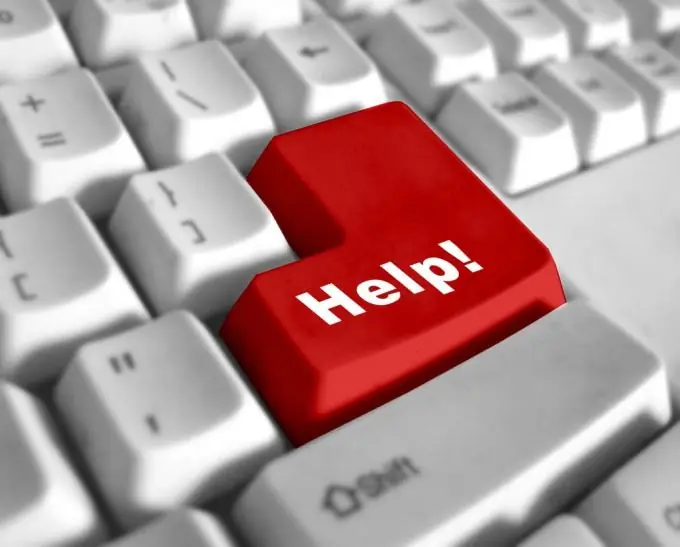No one is safe from various emergencies, wrong decisions and erroneous actions. And if in life you have to most often wait for the consequences, then in the world of computers everything is easier - you can turn back time and correct a mistake.

Instructions
Step 1
There are several options for undoing erroneous actions. The specific instructions depend on the area in which the error was committed. In general, changes can be roughly divided into system and software changes. System changes include: deleting a folder or file, renaming a file, moving an object, installing or removing programs, changing system and personal settings. To programmatic - changes that are made inside programs, for example, deleting part of the text from a document, changing settings inside the program.
Step 2
The key combination "Ctrl + Z" is a universal tool for rolling back changes, both system and software. Pressing these keys can undo most of the actions that the user takes by mistake. At the same time, the combination works both in the operating system and within most programs. Accidental movement, renaming, deletion of text, unwanted changes in graphics and other editors can be canceled with the "Ctrl + Z" keyboard shortcut. However, changes to system settings, installation or removal of drivers and programs cannot be rolled back in this way.
Step 3
In order to recover deleted files, first of all it is worth looking into the "Recycle Bin". Its shortcut is always located on the computer desktop. If the "Recycle Bin" is not disabled, you can easily recover the deleted file. You should select it from the list, click once on it, and then click "Restore". If the "Recycle Bin" is disabled, you should use special applications for data recovery. They can even recover files after accidentally formatting the hard drive.
Step 4
If problems with the computer started after installing the program or driver, they should be removed. The program can be uninstalled by clicking on the item "Add or Remove Programs" in the "My Computer" window. In the list that opens, you need to find the program and click the "Remove" button. The driver rolls back as follows. Right-click on the "My Computer" shortcut. On the Hardware tab, select Device Manager. In the window that opens, select the device for which the driver has been updated from the list. Click on it with the right mouse button and select "Properties". On the Driver tab, select Roll Back Driver. Restart your computer if necessary.
Step 5
There are also times when, due to inexperience, the user changes the system settings, and it crashes. At such a moment, you can resort to system recovery. This option works by default on Windows. Go to the address: "All Programs" - "Standard" - "System Tools" - "System Restore". Select "System Restore". Then follow the prompts of the recovery wizard. Select a restore point and click Recover. After that, the computer should restart. After rebooting, wait for a while for the recovery process to complete. Upon completion of the operation, the system will tell you about a successful rollback to the moment that you have chosen. Thus, you can undo the serious consequences of incorrect settings or incorrect operation of some programs that caused a system failure.






